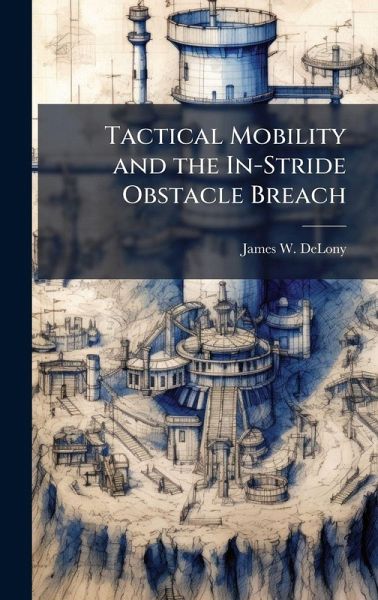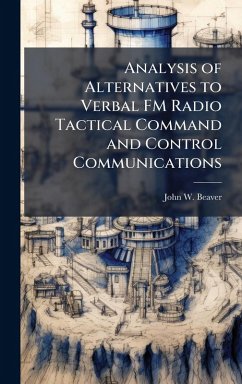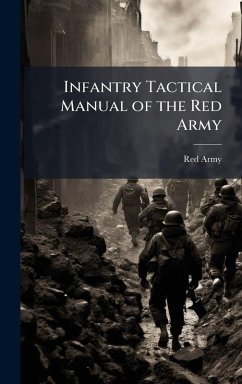
Tactical Mobility and the In-Stride Obstacle Breach
Versandkostenfrei!
Versandfertig in über 4 Wochen
27,99 €
inkl. MwSt.
Weitere Ausgaben:

PAYBACK Punkte
14 °P sammeln!
This monograph analyzes the concept of an in-stride breach of an obstacle by a tactical maneuver force. Its focus is on a historical and current review of the tactical doctrines of the U.S. and Soviet armies development of tactics, equipment, and force structure to execute an in-stride breach of an obstacle concurrent to sustaining the momentum of a maneuver force. Given the friction of terrain and combined arms operations, the paper seeks to answer whether the in-stride obstacle breach is possible for either force on today's battlefield. The study begins with a discussion of tactical mobility...
This monograph analyzes the concept of an in-stride breach of an obstacle by a tactical maneuver force. Its focus is on a historical and current review of the tactical doctrines of the U.S. and Soviet armies development of tactics, equipment, and force structure to execute an in-stride breach of an obstacle concurrent to sustaining the momentum of a maneuver force. Given the friction of terrain and combined arms operations, the paper seeks to answer whether the in-stride obstacle breach is possible for either force on today's battlefield. The study begins with a discussion of tactical mobility theory associated with an in-stride obstacle breach. Historical experiences and doctrine for breaching obstacles from World War II are presented for the U.S. and the Soviets. Current doctrine, equipment, and force structure for the two armies are reviewed for analysis and comparisons. Conclusions as to the strengths and weaknesses of each army's capability to conduct an in-stride obstacle breach are made. A final section of recommendations for future U.S. AirLand Battle in-stride obstacle breach operations is presented. The paper concludes that the current mobility capabilities of the U.S. Army do not support the AirLand Battle doctrine prescribing an in-stride obstacle breach. The Soviets possess an historical and experience based total force mobility capability than can achieve an in-stride obstacle breach to support their doctrine of engagements in depth. Improved equipment development and fielding, integration of engineer mobility and reconnaissance assets within maneuver forces, and better command and control of mobility assets are needed to produce the "essential factors" required to accomplish the complex task of an in-stride obstacle breach. This work has been selected by scholars as being culturally important, and is part of the knowledge base of civilization as we know it. This work was reproduced from the original artifact, and remains as true to the original work as possible. Therefore, you will see the original copyright references, library stamps (as most of these works have been housed in our most important libraries around the world), and other notations in the work. This work is in the public domain in the United States of America, and possibly other nations. Within the United States, you may freely copy and distribute this work, as no entity (individual or corporate) has a copyright on the body of the work. As a reproduction of a historical artifact, this work may contain missing or blurred pages, poor pictures, errant marks, etc. Scholars believe, and we concur, that this work is important enough to be preserved, reproduced, and made generally available to the public. We appreciate your support of the preservation process, and thank you for being an important part of keeping this knowledge alive and relevant.












